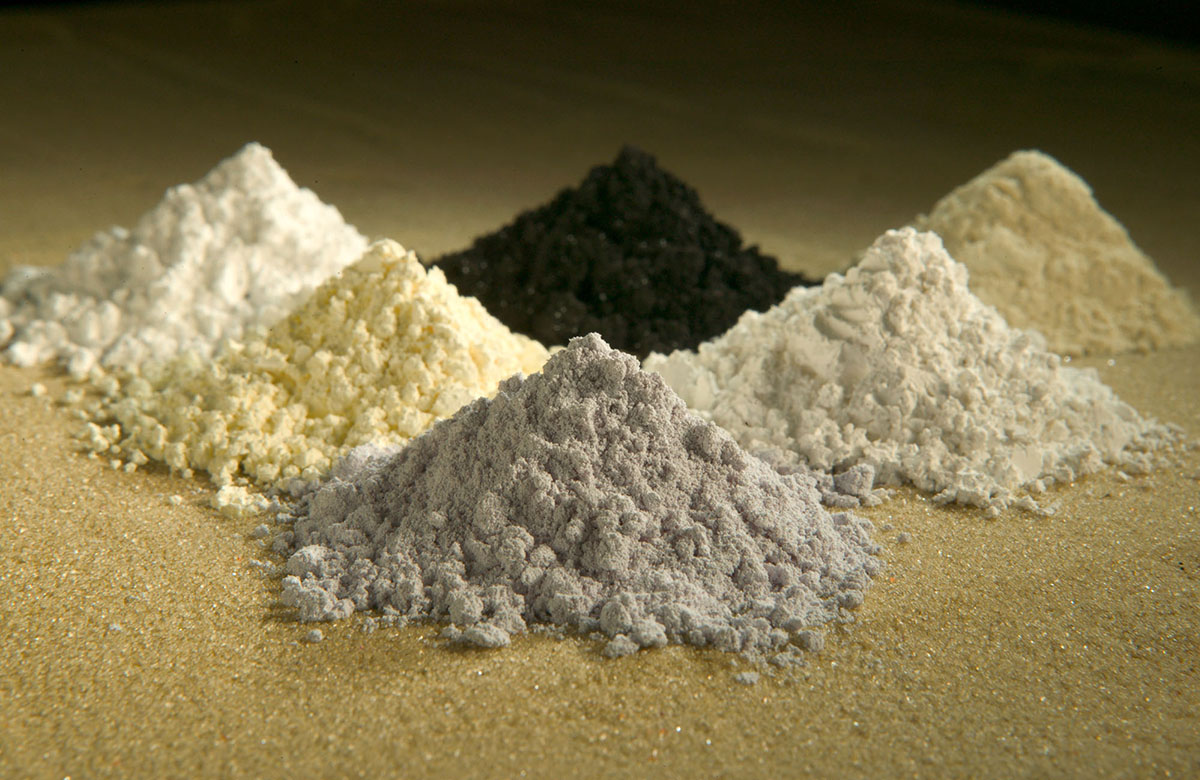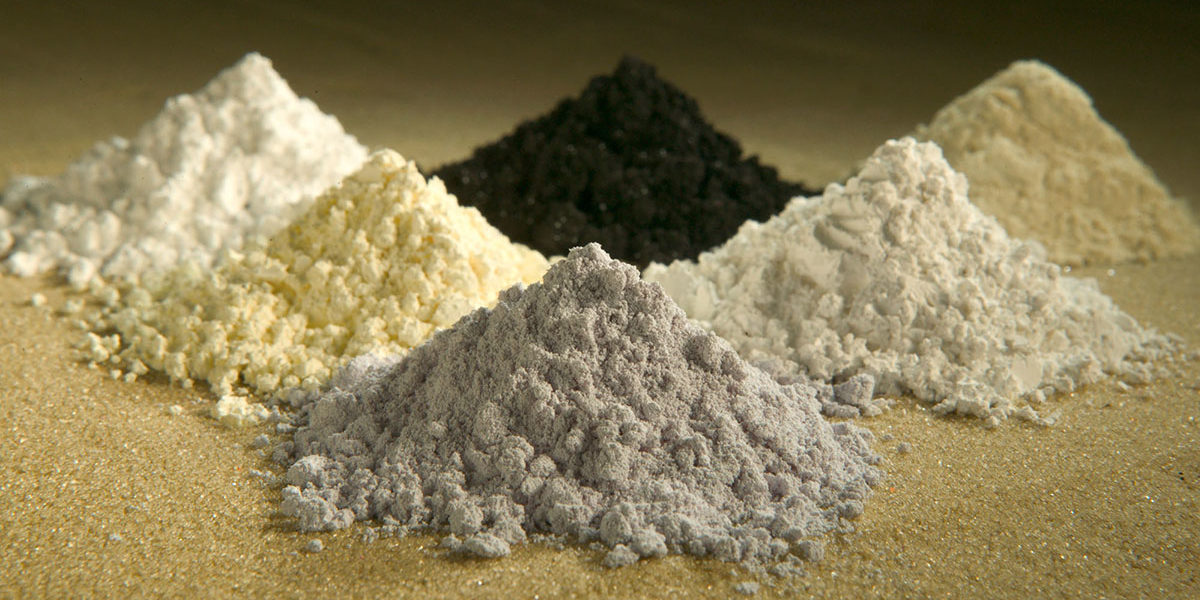Rare earth deposit showing promise; Drilling suggests site is more bountiful than once thought

By Nicole Pollack
Casper Star-Tribune
Via- Wyoming News Exchange
CASPER — Optimism is mounting at one of Wyoming’s nascent rare earths projects.
Early drilling results suggest the Halleck Creek deposit north of Laramie is larger than anticipated, and may rank among the most promising potential mines in the world, Western Rare Earths announced Sept. 1.
The company, a U.S. subsidiary of Australian exploration company American Rare Earths, acquired Halleck Creek a little over a year ago. It figured, from surface data, that the deposit’s roughly 350 million metric tons of mineralized rock contained up to a million metric tons of rare earths.
During preliminary drilling this spring, the company discovered that the rare earths extend farther east and deeper underground than it anticipated.
It has since expanded its estimate to encompass over a billion metric tons of mineralized rock and closer to 2 million metric tons of rare earths.
“The Halleck Creek project is shaping up to become a world class asset. The maiden drill campaign was a resounding success, and the new exploration target is massive,” Chris Gibbs, managing director and CEO of American Rare Earths, said in a written statement.
For rare earths, those numbers are huge.
A collection of 17 elements required for everything from smartphones to electric vehicles, rare earths are — despite their name — relatively common in nature.
They’re distributed thinly enough, though, that mineable deposits can be tough to find.
“Finding one that’s big enough to matter, and rich enough to be worthwhile, is actually quite rare in the global landscape of rare earths,” said Western Rare Earths CEO Marty Weems.
That’s what sets deposits like Halleck Creek apart.
Western Rare Earths believes that project, along with a similarly vast but less concentrated deposit the company is studying in Arizona, could — with further research — turn out to be one of the largest reserves ever found.
Rare Element Resources, the owner of the state’s other active rare earths project, determined following years of site study that its northeastern Wyoming resource holds roughly 500,000 metric tons of rare earths.
“Not many rare earth deposit discoveries around the world have more than a million tons of rare earth content in them,” Weems said. “We’re not guaranteeing that it does. We’re just saying, based on the limited data we have, it looks like it very well may have those kinds of volumes.”
Ranie Lands, a geologist at the Wyoming State Geological Survey, told the Star-Tribune via email that the agency has no independent way of verifying the size of the Halleck Creek deposit. It’ll take the company several years to verify those findings, Weems said.
But each round of drilling will bring it closer, starting with the samples it plans to extract between the end of this month and late October and finish analyzing by early 2023.
Most rare earth elements, considered essential to national function and vulnerable to supply chain disruption, are classified by the U.S. as critical minerals.
With the bulk of the country’s rare earths imported from China, establishing a domestic supply chain is a priority for the Biden administration and a target for subsidies intended to accelerate that development.
Western Rare Earths hopes that federal backing will help it turn the Halleck Creek project into a mine that supports hundreds of southeastern Wyoming jobs within a decade.
It’s also partnering with researchers in an effort to bring down the costs and environmental impacts of processing, challenges that have historically deterred U.S. investment in rare earths mining. (Rare Element Resources is also investing heavily in supply chain improvements.)
Meanwhile, Western Rare Earths has identified another advantage: The prevalence of radioactive elements at Halleck Creek — unlike most other mineable rare earths deposits — appears to fall well below the hazardous threshold. It still has to confirm that, too.
“There’s a lot of drilling in our future,” Weems said.
Which will be followed, he noted, by reclamation.
If all goes to plan, the very high concentration of rare earths and very low levels of radiation could enable Western Rare Earths to secure fewer permits, take fewer precautions and process smaller volumes of rock compared with many of its competitors.





